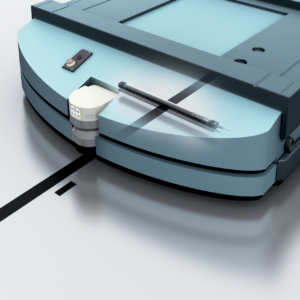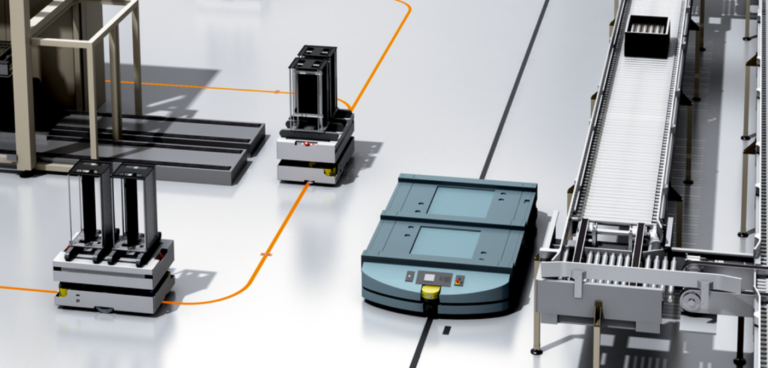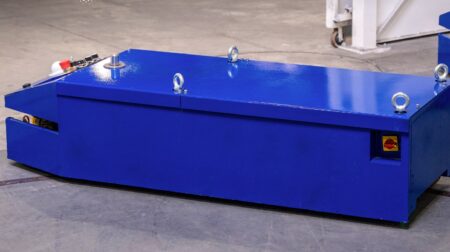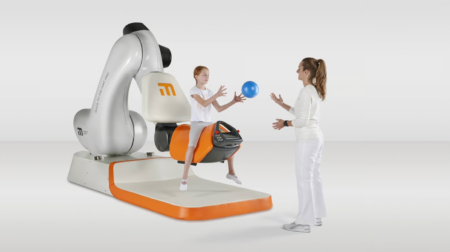Sick UK has announced an upgrade to its lidar Localisation-on-Contour (LOC) technology for mobile vehicle guidance, which aims to offer production efficiencies and cost savings for manufacturers using line-guided vehicles.
The solution is designed to make it easy to teach mobile machines virtual paths in order to enhance, expand, or replace physical floor-based guidance systems that use taped lines or 2D-codes.
Sick added it is the first step in a major upgrade programme for its lidar-LOC software, which uses data from Sick’s 2D lidar sensors or safety scanners to create a reference map based on the contours of shop floors and warehouses and guide automated transport, stacking and loading systems.

The upgrade intends to lay the foundations for users, machine builders and developers to progress from localisation, using lidar position and orientation data. This will enable the integration of full navigation to control the movement of all kinds of automated guided vehicles, carts, forklifts, or service robots.
This virtual line guidance system is designed to enhance the physical line or code-reading systems of all kinds of automated mobile robots. It creates a virtual path to bridge a gap in a broken tape on the floor, or to add a deviation from the current line-guided path without having to go to the time and expense of laying down new lines or bar codes.
Neil Sandhu, Sick’s UK product manager for imaging, measurement, ranging and systems, explained: “While the original lidar-LOC provided an option for expert developers and integrators to use the raw data for navigation, in addition to the localisation information, the lidar-LOC 2 upgrade is based on a desire to make it much quicker and easier to use data from sensors to tell a mobile vehicle how to get from ‘A to B’.
“As a result, it promises to save the development time and cost, machine space and wiring complexity involved in integrating navigation, because separate software and controls are not needed. In the case of our first lidar-LOC 2 release, managers of mobile vehicle fleets using line or code guidance can much more easily alter vehicle paths or optimise their routes. Stoppages because of breaks in a line can be avoided, especially in high-traffic areas.”









